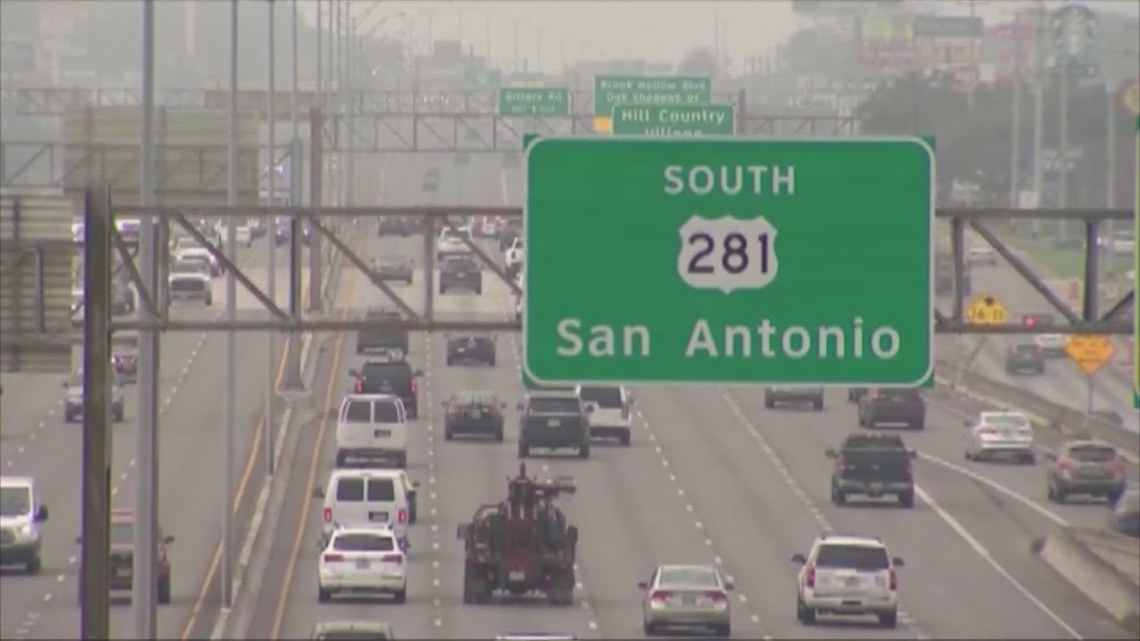
Just this week, a one-month-old baby was hurt during a shooting off Loop 1604 police believed was caused by road rage.
SAN ANTONIO — Road rage is a violent problem in and around San Antonio that experts believe is getting worse.
From October 2023 to October 2024, law enforcement in Bexar County received more than 50,000 reckless driving calls.
Just this week, a one-month-old baby was hurt during a shooting off Loop 1604 police believed was caused by road rage.
However, there is a group of people looking for solutions to the problem.
Dean DeSoto is the executive director of the Community Alliance for Traffic Safety. He also teaches driving classes. That is where he met Colten Bonk who was taking a DWI course.
“The last time I drank, I went on a high-speed chase,” Bonk said. “I flipped my drunk. I died. I was in a coma for 11 days in BAMC. I broke 23 bones. I was air flighted. And that situation was enough for me to get sober.”
Bonk is just one of 241 aggressive drivers surveyed by DeSoto and UTSA professor Yufang Jin. DeSoto and Jin have been working together for years to study and identify the factors leading to road rage and how we can fix them.
“We’re onto something here,” DeSoto said.
In their preliminary survey, they found 40% of drivers had weapons in their vehicle. 68% had frustration or anxiety issues. 38% had prior DWI or drug arrests and 47% admitted they are aggressive drivers.
“Previously in my life before I got sober, I drove that way,” Bonk said. “You know, I need to get to where I need to get to. Nobody else matters.”
When it comes to solutions, that is where Professor Jin and her students step in. However, they are focusing on how technology can help.
“More than 90 percent of the car accidents are caused by human errors so that’s the reason we want to look at how autonomous driving will help,” Jin said.
Jin admits while the technology is there, there is still a lot of logistics to work out when it comes to autonomous driving.
However, she said it takes away the emotional factor in driving that causes road rage.
“If we have the decision by the computer, the autonomous vehicle, we believe not in the near future but sometime in the future, we should reach the goal,” Jin said.
Another solution is driving education. Jin has created a simulator to help teach the rules of the road.
“We developed a game environment for the future drivers to practice with a simulator,” Jin said.
The work is far from over for Jin and DeSoto. They have the goal to survey up to 1,600 aggressive drivers.
“Road rage is a community issue, a severe community issue,” Jin said.
